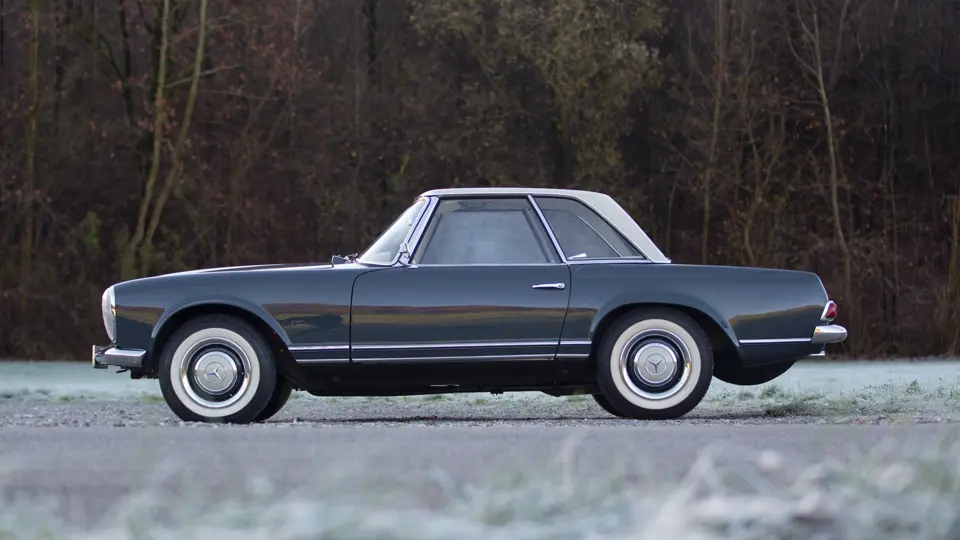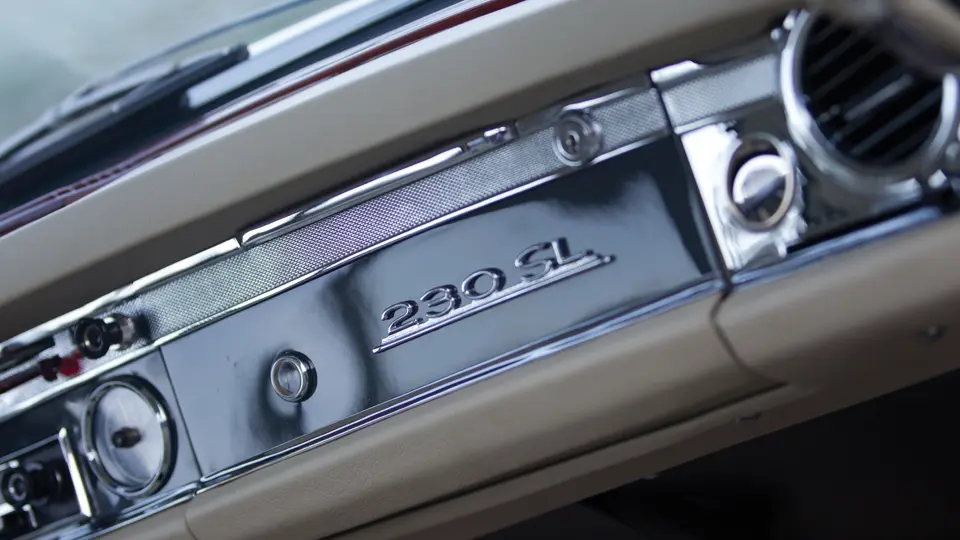
1963 Mercedes-Benz 230 SL 'Pagoda'
{{lr.item.text}}
€123,200 EUR | Sold
{{bidding.lot.reserveStatusFormatted}}
- First-year example; fully restored in 2013
- Includes owner’s and Becker radio manuals
- Beautiful and iconic Pagoda-roofed SL
- Exemplaire du premier millésime ; totalement restauré en 2013
- Munie de ses manuels d’utilisation et de la radio Becker
- Belle et emblématique SL Pagode
148 bhp, 2,308 cc SOHC inline six-cylinder engine with Bosch multi-port fuel injection, four-speed manual transmission, upper and lower A-arm front suspension with coil springs, swing axle rear suspension with coil springs, and front disc and rear drum brakes. Wheelbase: 2,400 mm.
Moteur à six cylindres en ligne, 2 308 cm3, 148 ch, injection Bosch multipoint, boîte de vitesses à quatre rapports, suspension avant indépendante par triangles superposés avec ressorts hélicoïdaux, suspension arrière à essieu brisé avec ressorts hélicoïdaux, freins avant à disque et arrière à tambour. Empattement: 2 400 mm
The Mercedes-Benz 230 SL, immediately recognisable for its Pagoda top, was an extremely popular car within the circles of the rich and powerful. In 2013, the 230 SL celebrated its 50th birthday, and it is still an iconic car today, with fans around the world.
The 230 SL, built to fill the gap between the 190 SL and the flagship 300 SL, was a ground-up project that began with a whole new platform. Initially, the engine was to be a 2.2-litre inline six-cylinder, but technical difficulties pushed the development of the platform back several years. Eventually, Technical Director Fritz Nallinger ordered the marriage of two projects to create platform W113. This would contain the larger 2.3-litre M127 inline-six but feature a shorter chassis. Paul Bracq and Béla Barényi designed the distinctive “Pagoda” top, so named for the unique concave roof à la a Japanese pagoda. At the Geneva Motor Show in 1963, the Mercedes-Benz 230 SL was introduced.
Although the technical features of the 230 SL weren’t incredibly new, the improvements to them and the increased safety made this Mercedes-Benz special. For the first time, they offered power steering and automatic transmission in a sports car. Barényi had worked extensively on the safety of this car, and as a result, the exterior was built with a rigid passenger cell and crumple zone and the interior was free of sharp corners.
The 230 SL offered here is one of the rarer United States models. It was imported to Europe in the spring of 2013 and has recently has been restored inside and out by a Mercedes-Benz concessionaire in Italy. The full workup included a complete engine overhaul, a new transmission, new chrome, and a brand-new interior. The completed car was finished in a classic light grey, with a matching leather interior.
Included with the car is the contemporary owner’s manual, as well as an automatic gearbox appendix 1963 230 SL parts catalogue, a Becker radio manual in the original Becker red plastic, a directory of the authorised Mercedes-Benz dealers that operated in the United States as of July 1964, a Haynes repair manual for the 230, 250, and 280 SL, an Italian Certificato di Rilevanza Storica, an Omologazione ASI, and a FIVA Passport.
The Mercedes-Benz 230 SL is a classic even amongst classics, and this example, which is in magnificent condition, is sure to impress wherever it goes.
Instantanément identifiable par son toit Pagode, la Mercedes-Benz 230 SL connut un très grand succès auprès d’une clientèle aisée et influente. Venant de fêter son cinquantième anniversaire, la 230 SL est devenue une automobile emblématique connue et admirée dans le monde entier.
Produite pour combler l’écart entre la 190 SL et le navire amiral, la 300 SL, la 230 SL naquit d’un concept totalement neuf fondé sur une toute nouvelle plate-forme. Initialement, le moteur devait être un six-cylindres en ligne de 2,2 litres, mais des problèmes techniques retardèrent la mise au point du châssis de plusieurs années . Par la suite, le directeur technique Fritz Nallinger décida de réunir les deux projets en vue de créer la plate-forme W113. Celle-ci recevrait le six en ligne M127 de 2, 3 litres, mais comporterait un châssis plus court. Paul Bracq et Béla Barényi conçurent l’original toit dit « en Pagode » en raison de ses bords latéraux relevés comme les toits asiatiques. La Mercedes-Benz 230 SL fut lancée au salon de Genève 1963.
Même si les caractéristiques techniques de la 230 SL n’étaient pas des nouveautés absolues, les améliorations introduites et les gains de sécurité obtenus firent de cette Mercedes-Benz une automobile spéciale. Pour la première fois, elle offrait une direction assistée et une boîte automatique sur un modèle de sport. Barényi travailla longtemps sur la sécurité : la caisse fut conçue comme une cellule très robuste placée entre deux zones d’absorption d’énergie et les angles vifs furent éliminés de l’intérieur.
La 230 SL proposée ici est un des très rares modèles version américaine. Importé en Europe au printemps 2013, la voiture a été récemment restaurée intérieurement et extérieurement par un concessionnaire Mercedes-Benz italien. Les travaux ont porté sur la réfection totale du moteur et de la boîte et des chromes et l’intérieur est refait à neuf. La voiture a été finie dans un classique gris clair avec un intérieur en cuir assorti.
La voiture est accompagnée du manuel d’utilisation d’époque et du catalogue des pièces de la boîte automatique 230 SL 1963, du manuel de la radio Becker dans son étui original en plastique rouge, d’un répertoire des concessionnaires Mercedes-Benz aux Etats-Unis en juillet 1964, d’un manuel de réparation Haynes concernant les 230, 250 et 280 SL, du contrôle technique italien, de l’homologation de l’ASI et du passeport FIVA.
Classique parmi les classiques, cette Mercedes-benz 230 SL qui se présente dans un superbe état ne manquera pas d’impressionner quiconque aura le plaisir de croiser sa route.




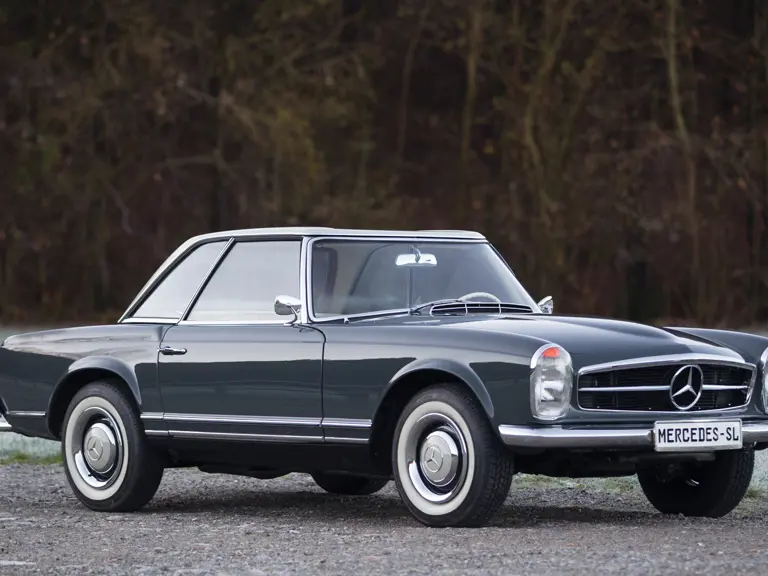
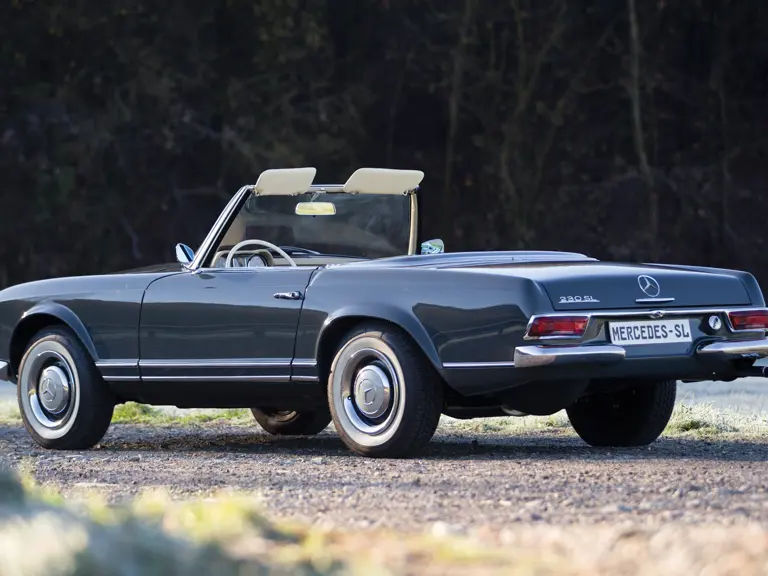

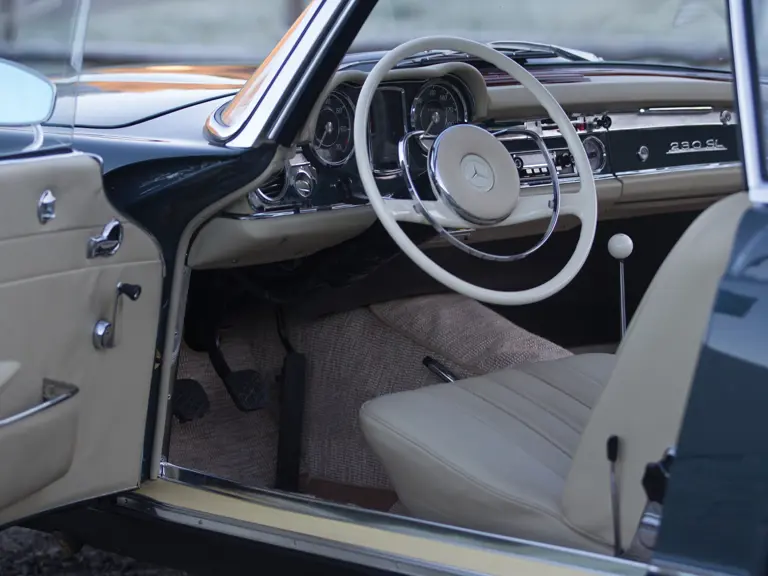
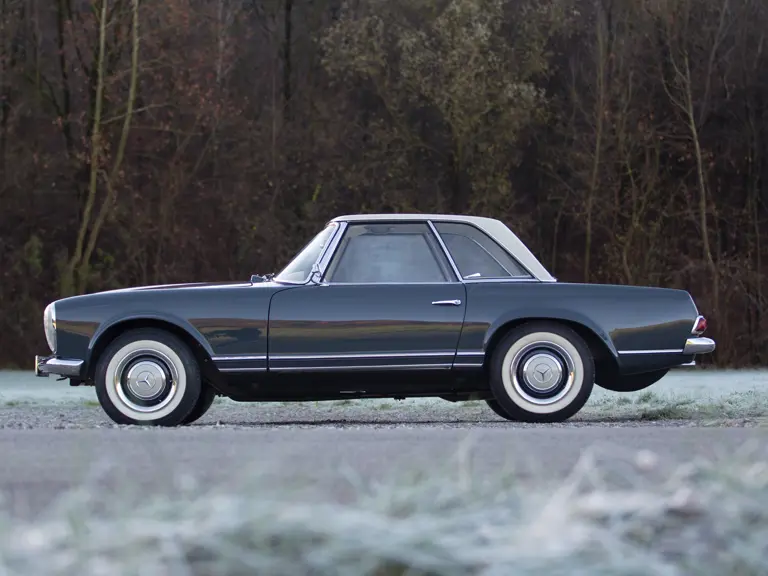


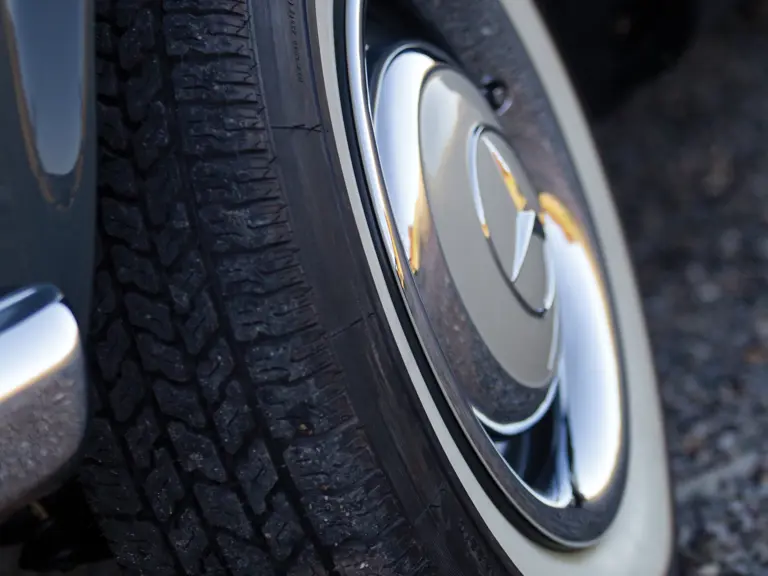
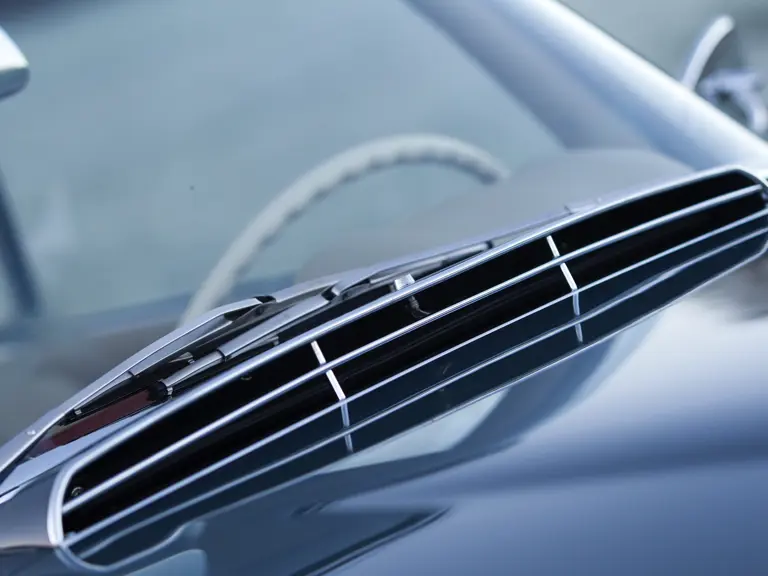
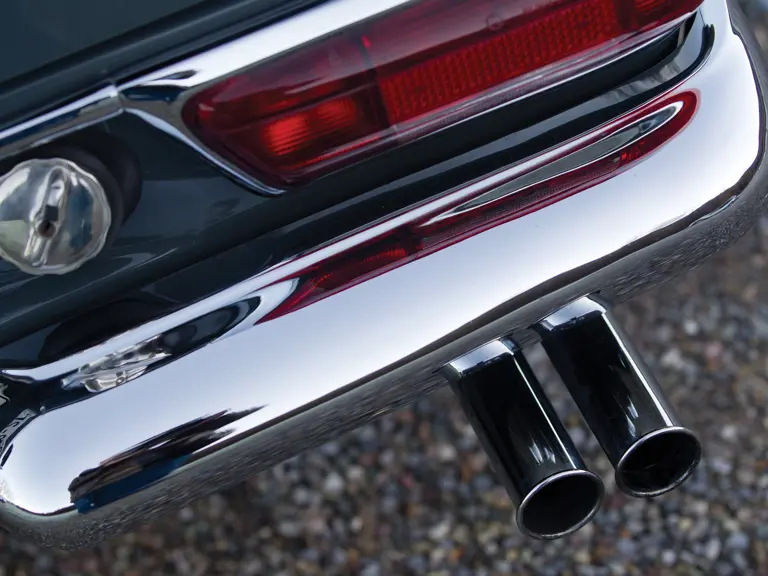
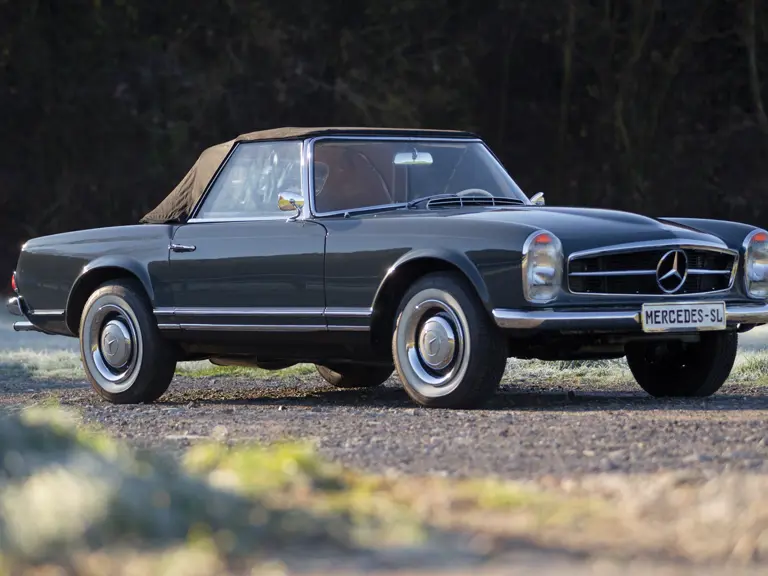

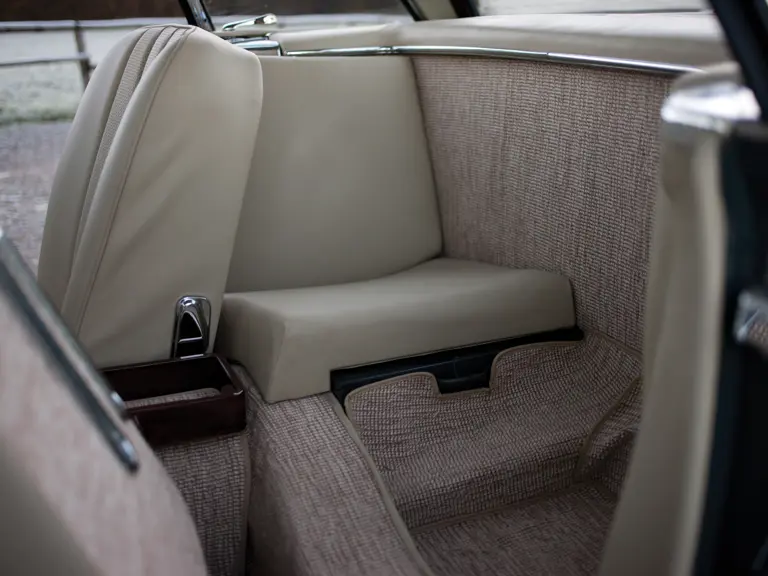
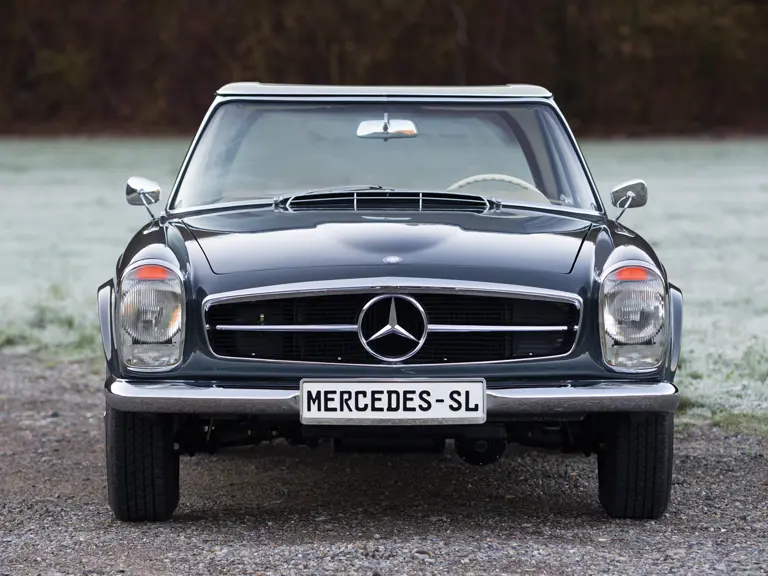
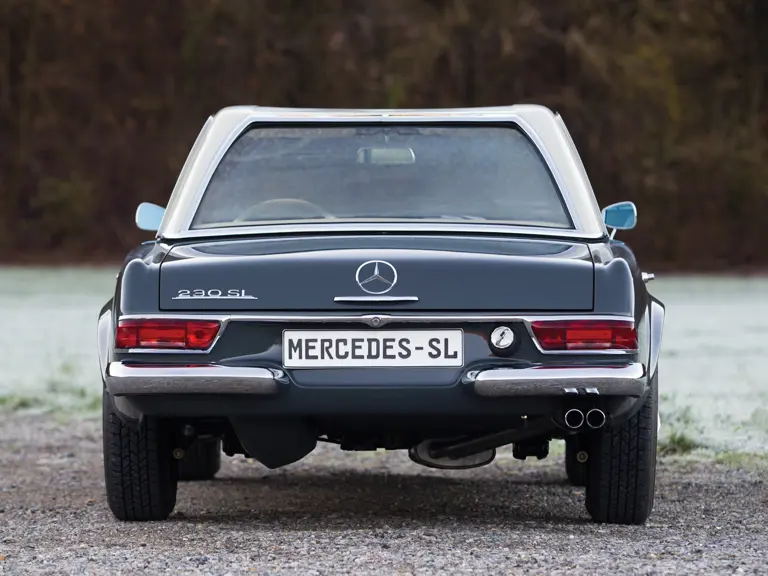

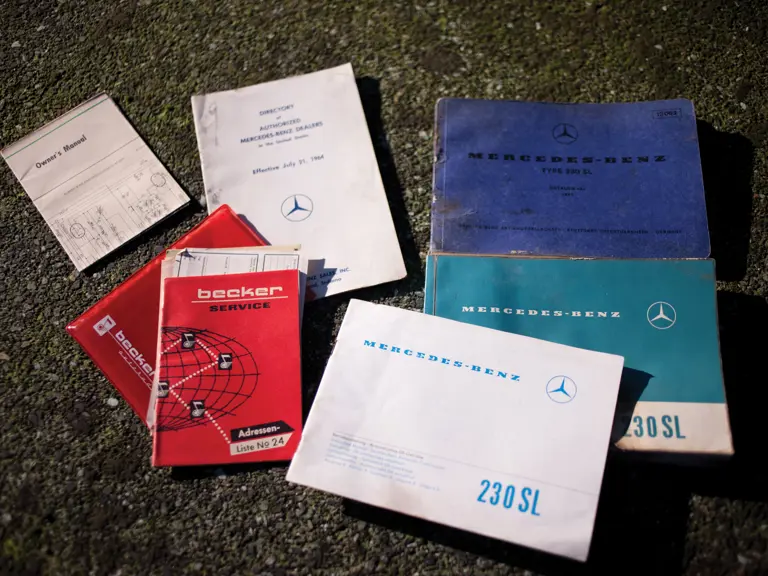
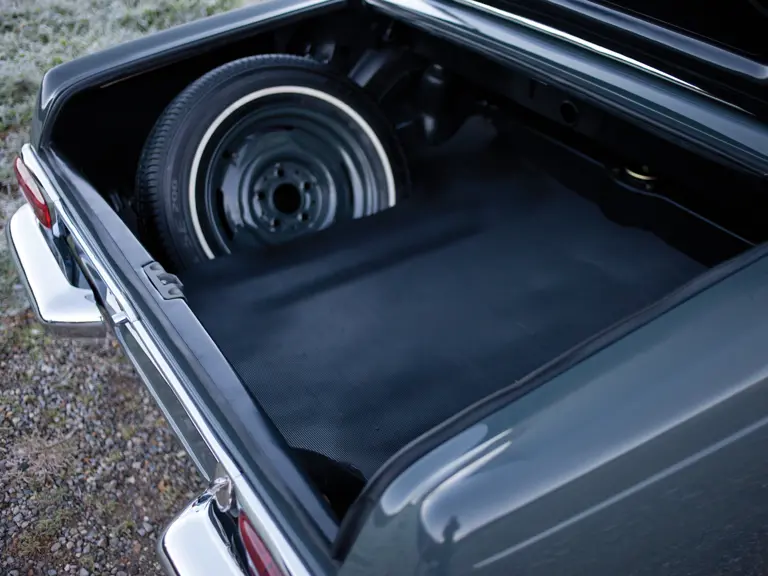
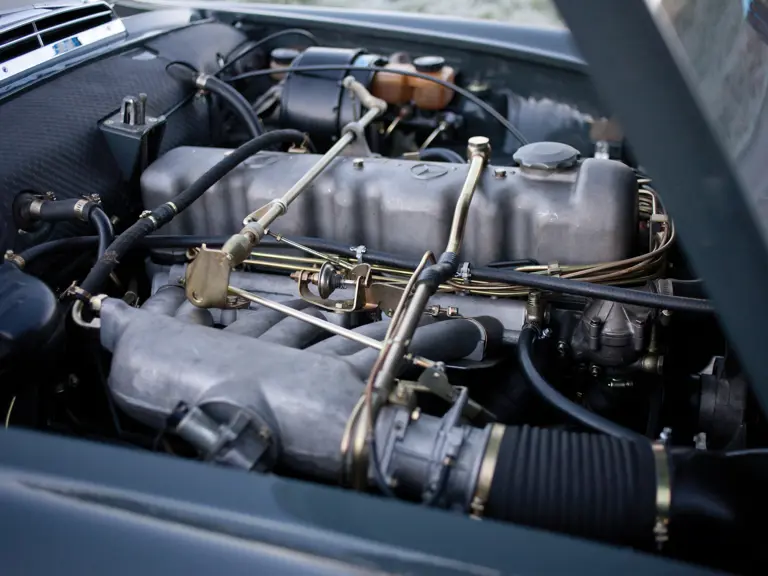

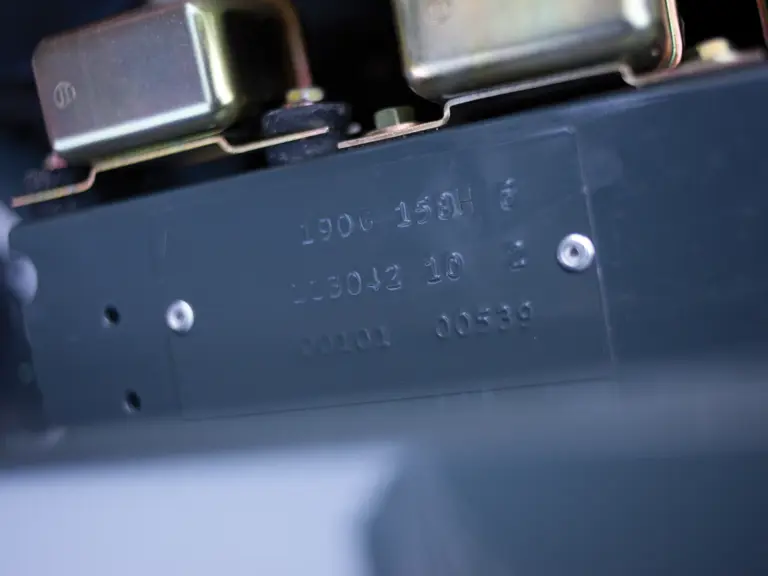
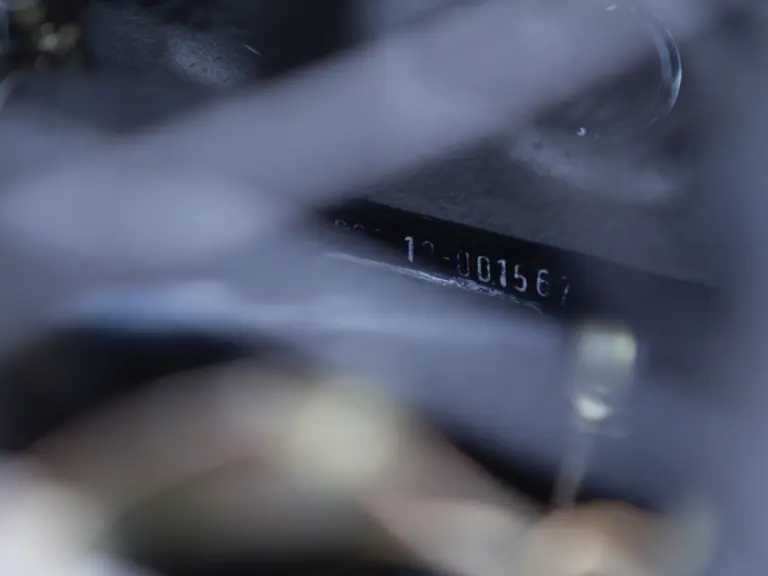
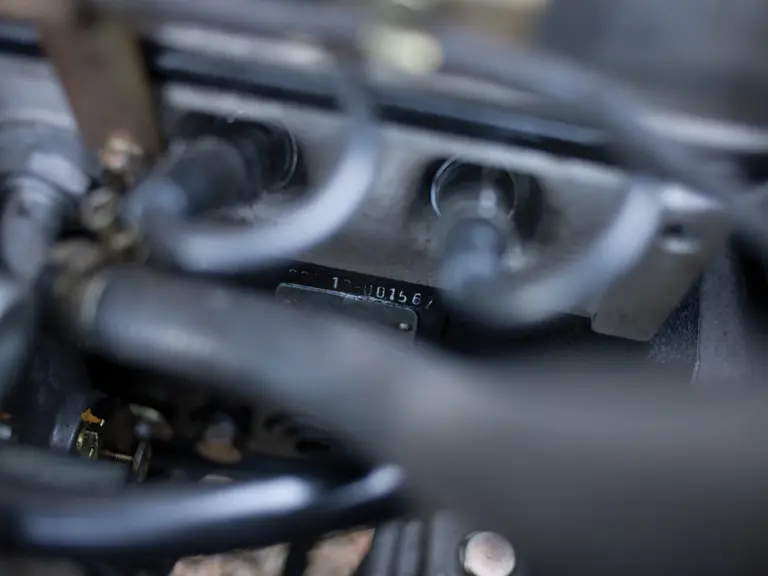
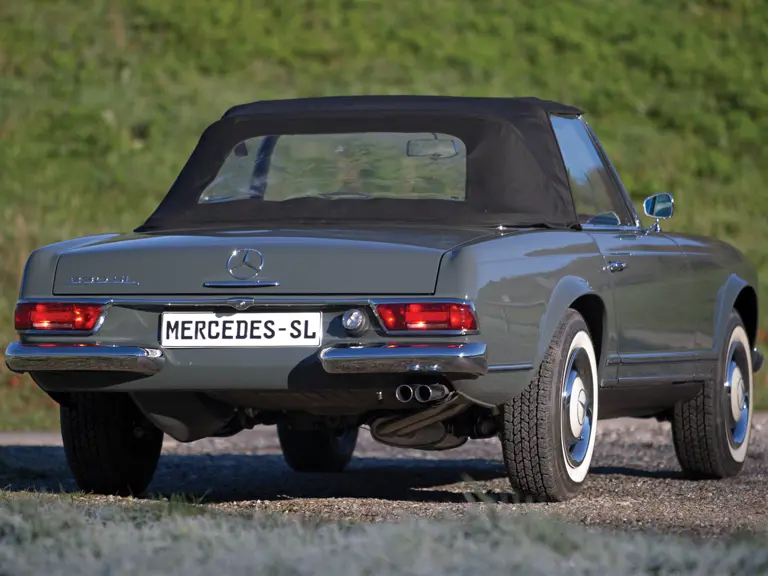
 | Paris, France
| Paris, France
